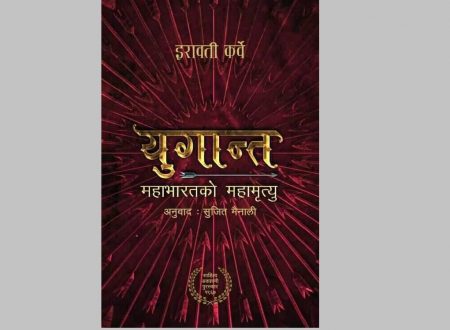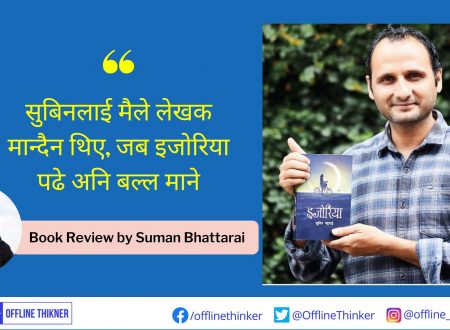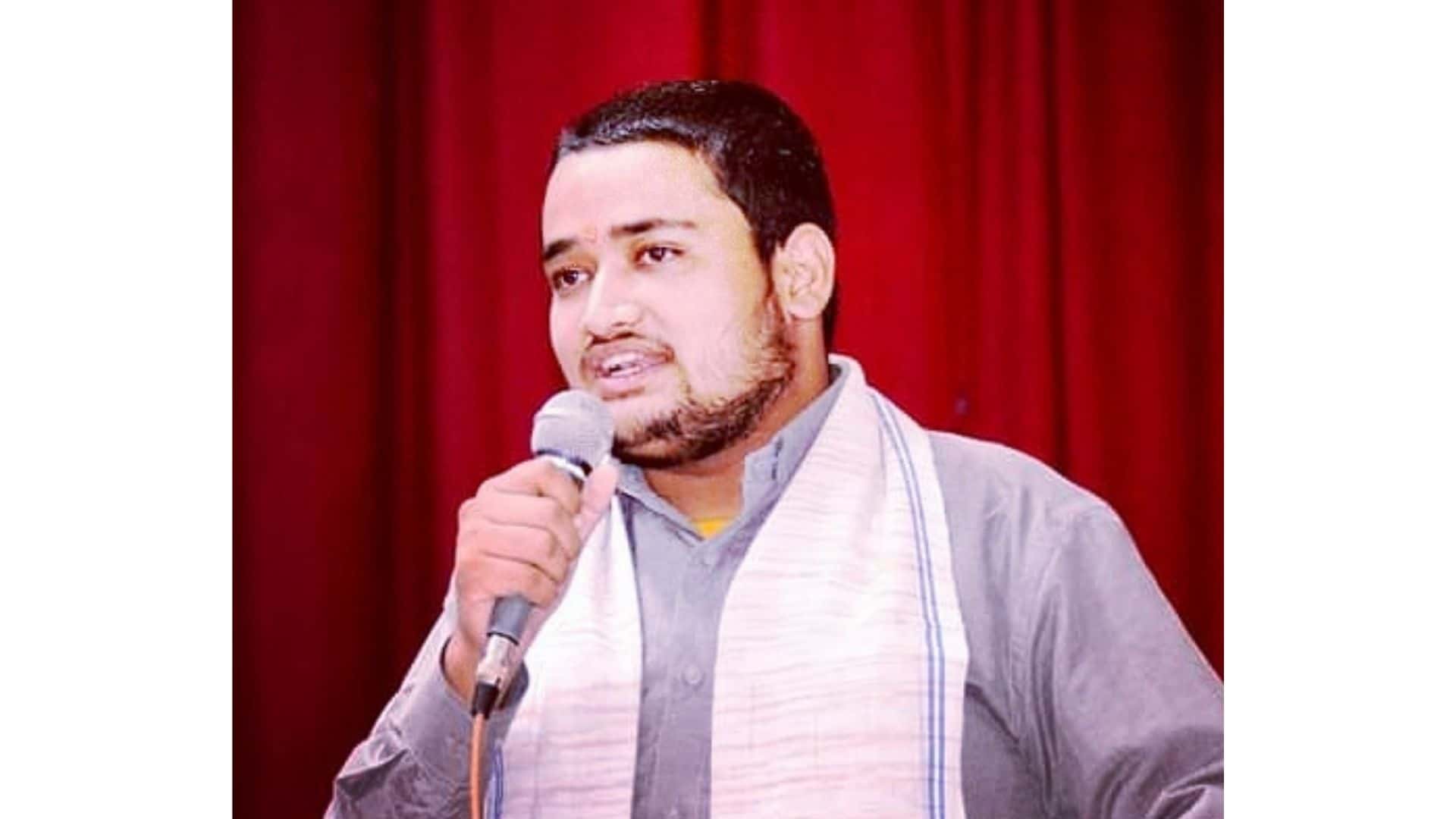From the disciplined to the eccentric, famous writers worldwide have showcased an array of work habits that have contributed to their literary masterpieces. Let’s explore the work habits of some iconic writers from different corners of the globe.
1. Haruki Murakami (Japan): The Early Bird
- The acclaimed Japanese author Haruki Murakami is known for his early morning writing routine. He rises at 4 a.m., begins writing by 5 a.m., and continues until noon. Murakami attributes his prolific output and creative flow to this disciplined schedule.
2. Gabriel García Márquez (Colombia): Rituals and Superstitions
- The Colombian Nobel laureate García Márquez had some peculiar work habits. Before starting a new novel, he would lock himself away and abstain from any form of intimacy. Additionally, he believed in the power of yellow notepads and exclusively wrote his first drafts with them.
3. Agatha Christie (United Kingdom): The Bathtub Plotter
- The queen of mystery, Agatha Christie, found inspiration in an unusual place—the bathtub. Christie confessed that her best plotting was done while soaking in the tub. The tranquility of the water helped her devise intricate plots for her detective novels.
4. Albert Camus (Algeria/France): Routine Amidst Absurdity
- The French-Algerian philosopher and writer Albert Camus adhered to a strict writing routine. He believed in the importance of discipline and maintained a consistent work schedule, considering it essential for navigating life’s inherent absurdities.
5. Isabel Allende (Chile): Writing Longhand
- Renowned Chilean-American author Isabel Allende embraces a more traditional approach to writing. She prefers to draft her novels in longhand, feeling a deeper connection to her words as they flow from pen to paper before being transcribed to a computer.
6. Ryu Murakami (Japan): The Night Owl
- Unlike his early-rising compatriot Haruki Murakami, Ryu Murakami, another prominent Japanese author, is a night owl. He often starts writing in the late afternoon and continues into the early hours of the morning, finding inspiration during the quietude of the night.
7. J.K. Rowling (United Kingdom): Café Writing
- The creator of the magical world of Harry Potter, J.K. Rowling, often found herself writing in cafés. During her early days as a struggling writer, she would frequent coffee shops, finding solace in the ambient noise and the sense of anonymity.
8. Mario Vargas Llosa (Peru): The Standing Writer
- The Peruvian Nobel laureate, Mario Vargas Llosa, has an unconventional writing habit—he stands while working. Known for using a lectern, Vargas Llosa finds that standing helps him maintain focus and energy during his writing sessions.
9. Yukio Mishima (Japan): Rituals and Physical Fitness
- Japanese author Yukio Mishima had a unique approach to creativity. In addition to his rigorous writing routine, Mishima incorporated physical fitness rituals into his daily life. He believed that a strong body and disciplined mind were interconnected.
10. Chimamanda Ngozi Adichie: Writing in Wardrobe Silence
– The Nigerian author Chimamanda Ngozi Adichie has a penchant for writing in silence and solitude. She once mentioned that her ideal writing environment is a small, quiet space. She even compared writing to a form of prayer, requiring a certain level of serenity.
12. Paulo Coelho (Brazil): The Rhythmic Ritual
– Brazilian author Paulo Coelho is known for his rhythmic writing rituals. He begins his writing sessions by lighting candles and playing classical music. Coelho believes that this consistent routine helps him enter a creative trance.
Conclusion:
The work habits of famous writers from around the world reflect a fascinating diversity in approaches to the creative process. Whether it’s the disciplined early risers, the nocturnal thinkers, or those who find inspiration in peculiar places, each writer’s routine is a testament to the idiosyncrasies that contribute to their literary brilliance. Aspiring writers can draw inspiration from this global mosaic of work habits, experimenting to find the rituals that unlock their own creativity. Ultimately, the common thread among these writers is a deep dedication to the craft and a profound understanding of what fuels their unique creative sparks.
Read More From Offline Thinker:
Follow Offline Thinker on Facebook, Twitter, and Instagram. You can send us your writings at connect.offlinethinker@gmail.com







